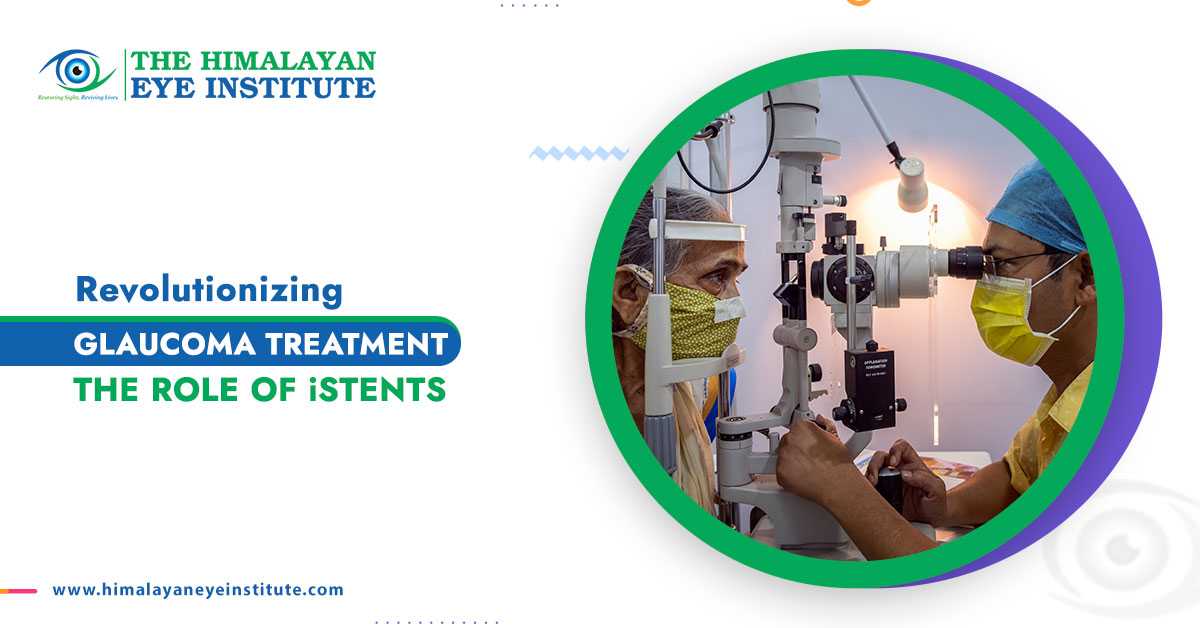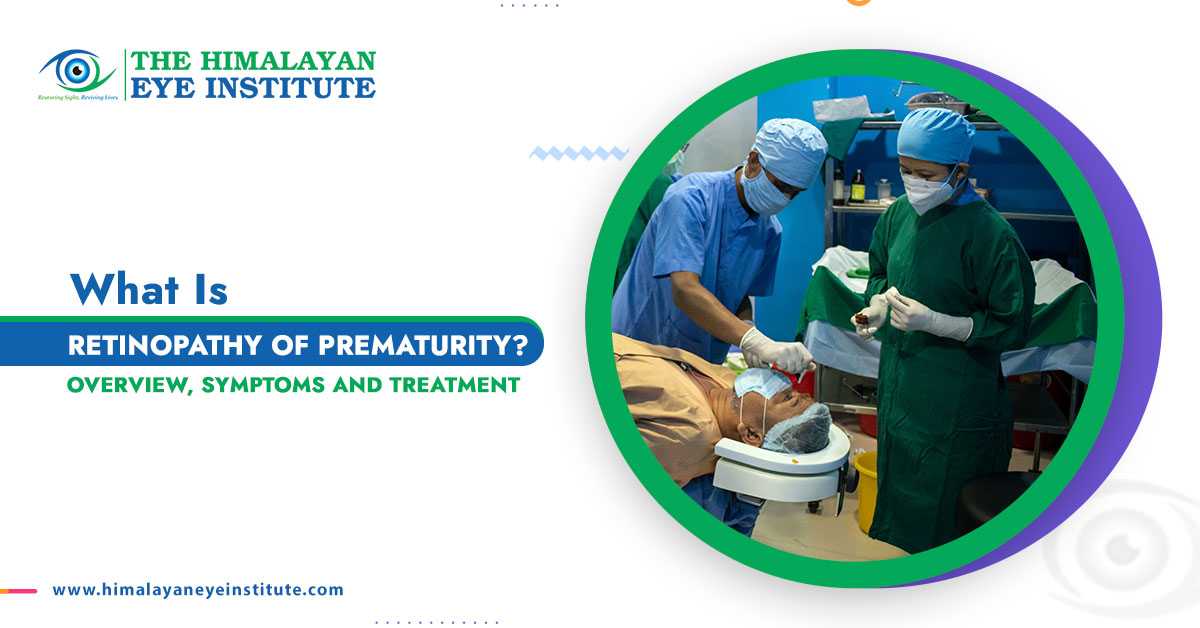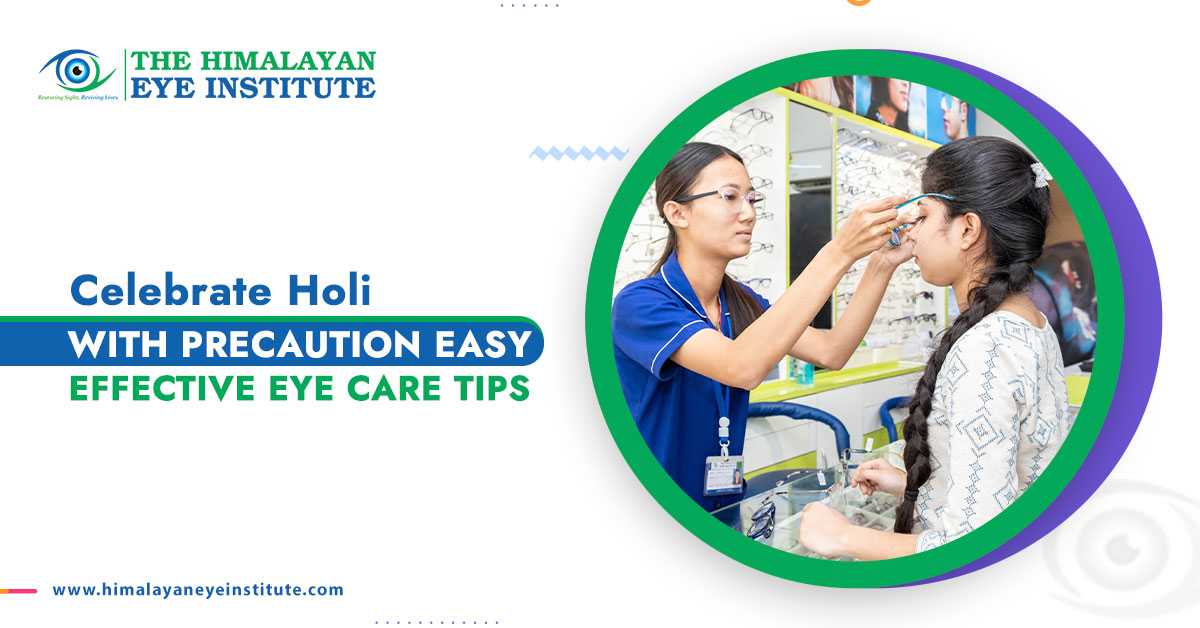The outermost lens of your eye is the cornea – a crucial protective layer. The way light enters your eye is controlled and focused by it, much like an access point.
Here, corneal conditions like keratoconus or corneal ectasias cause the bulging and weakening of the cornea. They distort vision and frequently raise the risk of severe visual impairment.
Thankfully, among treatment options, corneal cross-linking (CXL) is revolutionizing medical solutions for various corneal disorders. It’s a less invasive and effective way to preserve eyesight and strengthen the cornea.
At The Himalayan Eye Institute, a highly trusted eye hospital in Siliguri, we ensure corneal cross-linking (CXL), a minimally invasive eye surgery that enhances the natural structure of your eyes and maintains your eyesight in the long run.
Overview of Corneal Cross-Linking (CXL)
CXL is a highly effective, less invasive treatment to treat a thin or warped cornea. This surgery treats your cornea by "cross-linking" new collagen fibers.
Basically, it causes collagen fibers or molecules in your cornea to create new bonds. The treatment uses UV light and riboflavin as photosensitizing agents to boost the tissue and prevent it from weakening and bulging.
The collagen fibers that hold your cornea together are known as "cross-linking." The protein that gives your cornea its structure is collagen, and the process that connects collagen fibers is called cross-linking.
How it Works: During the CXL method, your eye surgeon applies riboflavin (vitamin B) eye drops. After that, a specialized tool directs a concentrated UV light beam at your cornea for some time, such as half an hour. The riboflavin in the cornea is activated by the light, and now, it helps form new connections between your cornea's collagen fibers.
CXL – Understanding the Benefits
The purpose of corneal cross-linking is to limit the progression of your condition and avoid further vision issues, and in some situations, your eyesight may improve over time.
Several significant advantages of corneal cross-linking are there if you have keratoconus or other cornea-related problems, including:
- Reducing or halting the course of the illness.
- Aiding in preventing changes or loss of eyesight.
- Improving the tolerability of contact lenses.
- Lowering the risk of requiring corneal transplant surgery.
- Offering quick recovery since it’s a minimally invasive eye surgery.
Understanding Why to Choose CXL Over Other Treatments
For many years, the popular therapy for keratoconus and associated disorders has been traditional procedures like corneal transplants or rigid gas-permeable contact lenses. But rather than treating the problem, these options frequently treat the symptoms. Consult our top eye doctors for successful eye treatment in Siliguri.
Rigid Contact Lenses:
The unique hard plastic used to make RGP contact lenses allows oxygen to enter the eye via the lens material. This process improves the cornea's ability to breathe. They don't stop corneal thinning from getting worse. Many individuals eventually need an invasive procedure or outgrow their lenses.
Corneal Transplants:
The only therapy that can prevent progressive keratoconus from worsening is corneal cross-linking. Plus, CXL may eliminate the need for a corneal transplant, which is a major surgery.
Corneal cross-linking, on the other hand, provides a proactive solution, particularly when done early. It may promote improved long-term quality of life, delay or prevent the need for a transplant, and protect the patient's natural cornea.
This treatment can effectively treat:
- Keratoconus.
- Post-surgical ectasia (following LASIK, PRK, or corneal transplant surgery).
- Terrien marginal degeneration.
- Pellucid marginal degeneration.
In some cases, the CXL method can serve patients with myopia, infectious keratitis, bullous keratopathy, etc. You might see your eye expert at one of the best eye hospitals in Siliguri City.
Step-by-Step: Corneal Cross-Linking at The Himalayan Eye Institute
Every CXL surgery at our eye hospital in Siliguri is carried out according to a precise and customized protocol. Thus, our treatment combines research-based, advanced medical care with compassion and attention to detail.
Our corneal cross-linking process is a patient-centric approach to satisfy the individual requirements of every patient, providing an encouraging experience:
A Clear, Thorough Assessment
Medical appointments must start with a thorough consultation. To assess corneal thickness, disease development, and operation compatibility, we use sophisticated corneal examination, corneal topography, pachymetry, and other diagnostic techniques.
An ophthalmologist will perform your CXL surgery. Consult your ophthalmologist about your medical history, including any medications or supplements you are presently taking.
Some meds may need to be stopped or changed before CXL. It is also vital to diagnose and treat any allergies, especially to antibiotics and anaesthetics, which are routinely used during the CXL treatment
Patient Education and Preparation
You can have corneal cross-linking done as an outpatient procedure, and that same day, you can return home. While CXL is a successful treatment, it isn’t suitable for every patient.
Avoid using aftershave, perfume, lotion, or any eye makeup on the day of the CXL surgery. Our ophthalmologist in Siliguri may recommend eating a small meal and drinking some water before the procedure. Be sure you have someone or a driver to take you home following corneal cross-linking surgery.
We make sure that each patient thoroughly understands their issue, the recommended treatment with potential risks, and the expected results. Therefore, we prioritize open communication.
During the CXL Procedure
Your ophthalmologist will do the following throughout the procedure:
- Applying anesthetic drops to your eye to make it numb (general anesthesia).
- The epithelium, the outermost layer of your cornea, will be removed or loosened.
- After applying riboflavin eye drops (vitamin B2), your eye surgeon will leave them for half an hour to take effect.
- For almost half an hour, your eye surgeon will direct a concentrated UV beam onto your cornea.
- Applying steroid and antibiotic eye drops.
- Your eye will then be covered with a bandage contact lens. This promotes corneal healing, and for around a week, the bandage lens remains in place.
Post-Procedure Care
You might experience a little discomfort after surgery, such as temporary sensitivity to light, dry eye, “foreign body sensation” (something is in your eye), and hazy vision.
When your eye is healing during the first week, you should avoid (as directed by the ophthalmologist):
- Rubbing or touching your eyes.
- Putting on cosmetics.
- Engaging in vigorous activities.
- Getting your eyes wet.
- Being in dusty or smoky environments.
The Himalayan Eye Institute, Trusted By Patients and Their Families
The Himalayan Eye Institute, a leading eye care facility in Siliguri, is in a high-end position to provide effective corneal cross-linking:
State-of-the-Art Technology
Advanced UV-A delivery technologies are available in our clinical suite. We ensure accurate standards for surgical accuracy, calibration, and hygiene.
Cornea Specialists
Our cornea specialists with substantial expertise in CXL and other latest corneal surgeries make up our team. We have expertise in handling complicated problems and providing patient-focused solutions.
Patient-Centric Approach
Compassion, clarity, and dedication serve as our guiding principles. To ensure a smooth and stress-free journey, our coordinators are there to help patients and their families with everything from insurance paperwork to aftercare expert advice.
At our eye hospital in Siliguri, corneal cross-linking is not only a treatment but also a solution to preserve your vision. Anyone who has been diagnosed with keratoconus or a similar progressive corneal disease may talk to our eye specialists and understand the suitable eye treatment option. Meet our trusted eye specialists for optimal eye health.






